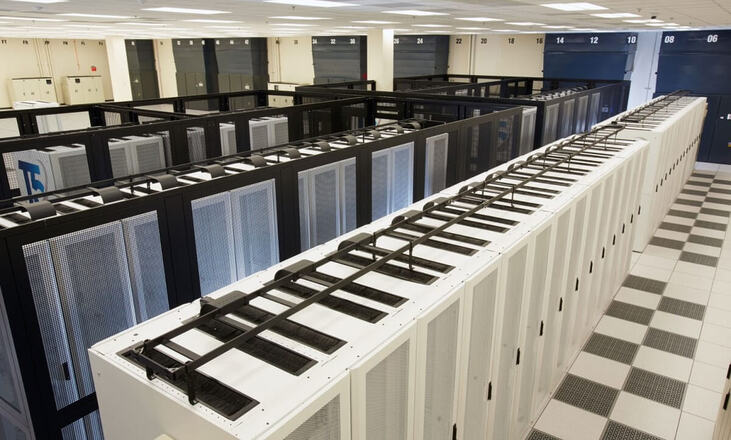The debate surrounding whether children should be banned from social media platforms in Australia continues to generate controversy. Recently, politicians have made promises to implement a ban for those under the age of 16. However, eSafety Commissioner Julie Inman Grant has expressed concerns that such age restrictions could lead children to use social media secretly and limit their access to crucial social support.
A recent analysis conducted in the United Kingdom found that a social media ban would not solve the underlying issues. The study, which spanned 18 years and covered 168 countries, revealed no causal relationship between internet access and the well-being of young people.
The Australian federal government is committed to testing age assurance technology to restrict children’s access to social media. However, it remains unclear what technological solutions are currently available that can effectively restrict access based on age.
Other countries have attempted, mostly unsuccessfully, to ban children from accessing online content for many years. Australia would be wise to learn from the lessons of these experiences.
In the United States, the Children’s Online Privacy Protection Rule (COPPA) was introduced in 1998. This rule continues to influence how children worldwide access information online. COPPA imposes various requirements on operators of websites or online services that collect personal information from children under 13, including the need to obtain parental consent.
To comply with COPPA, many companies, including social media platforms, have implemented bans on children under 13 accessing their services. However, these bans have faced criticism for contributing to age fraud online and limiting children’s rights to access information and express themselves, as protected by the United Nations Convention on the Rights of the Child.
In 2000, the United States introduced the Children’s Internet Protection Act (CIPA) to restrict children’s access to obscene or harmful online content. This was typically achieved through internet filters that blocked searches for specific words. However, these filters often blocked useful information and proved ineffective at shielding children from negative online experiences.
Various other countries have implemented bans on children’s access to online content, with mixed results. South Korea introduced a “shutdown law” in 2011 to address online gaming addiction by limiting access to gaming sites for those under 16 after midnight. However, many children circumvented the law by using their parents’ accounts, and it faced legal challenges. The law was ultimately abolished in 2021.
In 2015, the European Union proposed legislation to ban children under 16 from accessing online services without parental consent. This sparked controversy, with technology companies and human rights organizations arguing that the rules would infringe upon children’s rights to expression and access to information. The law was amended to allow individual countries to opt out of the age ban, resulting in a patchwork approach across Europe.
Australia can learn from these global attempts to restrict children’s online access. The past two decades have shown that outright bans are ineffective, as there are always workarounds available. Instead, focusing on protecting children’s personal data has proven to be a more effective approach. India and Brazil have recently implemented data-focused protections for children.
However, significant restrictions for older children can conflict with the UN’s protections for children’s rights. Australia must carefully balance these potential conflicts when attempting to limit or ban children’s online access.
Even if Australia were to implement a ban for children under 16, it is unlikely to have a significant impact on global approaches to such bans. The United States and the European Union are influential markets that shape the actions of technology companies. Therefore, American and European policy innovations will continue to play a primary role in shaping global approaches.
Australia should take a leadership role by aligning its approach with international efforts to enhance appropriate protections for young children. Simultaneously, efforts should be made to educate parents and older children about responsible social media use. This approach strikes a balance between protecting children’s rights to access information and express themselves while ensuring safety measures are in place.



